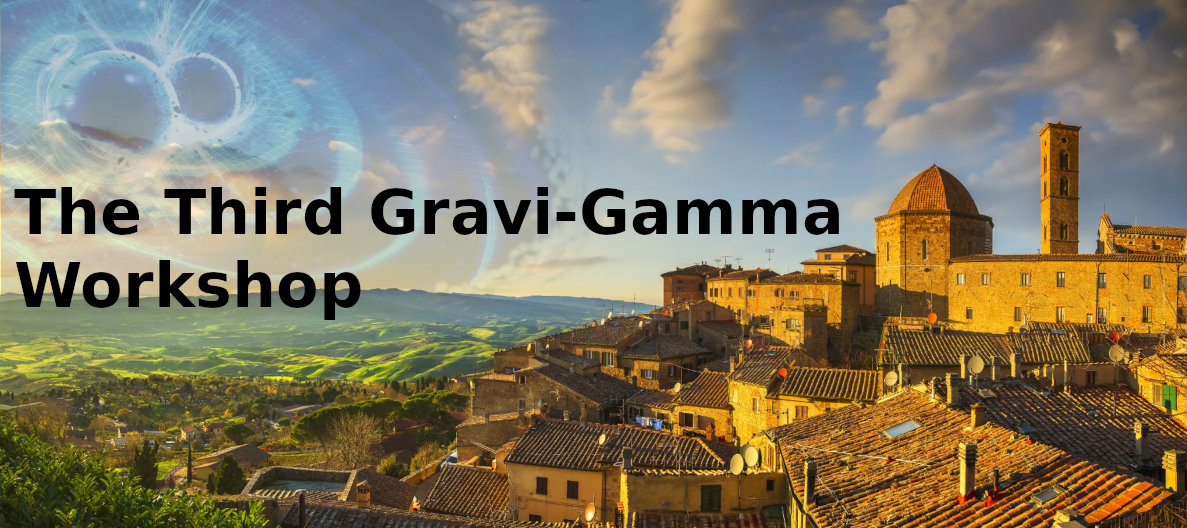Speaker
Description
Gravitational wave (GW) emission from close encounters (CEs) between neutron stars (NSs) and/or
black holes (BHs) are recently being considered as new potential astrophysical sources for ground-
based detectors. CEs are mostly part of three-body systems, constrained by a dense stellar environ-
ment and configured in eccentric inspirals, characterized by repeated dynamical captures. These
are predicted to occur with both GW and gamma-ray emission, thus resulting interesting for mul-
timessenger astronomy. Their GW waveform is hard to model with respect to quasi-circular iso-
lated inspiraling binary systems, already observed by the LIGO/Virgo collaboration. Unmodeled
burst search could be a viable method for detecting such systems in Advanced LIGO and Virgo
data. We propose a deep learning-based approach for CE detection, based on convolutional neural
networks capable of detecting transient signals associated to CEs and distinguishing them from
transient noises that can mimic GW signals (glitches). The training of the algorithm is based on
simulated timeseries of Virgo data. We present preliminary results on of this approach, using a
one-dimension convolutional neural network architecture, as a first step toward the application to
real data.

